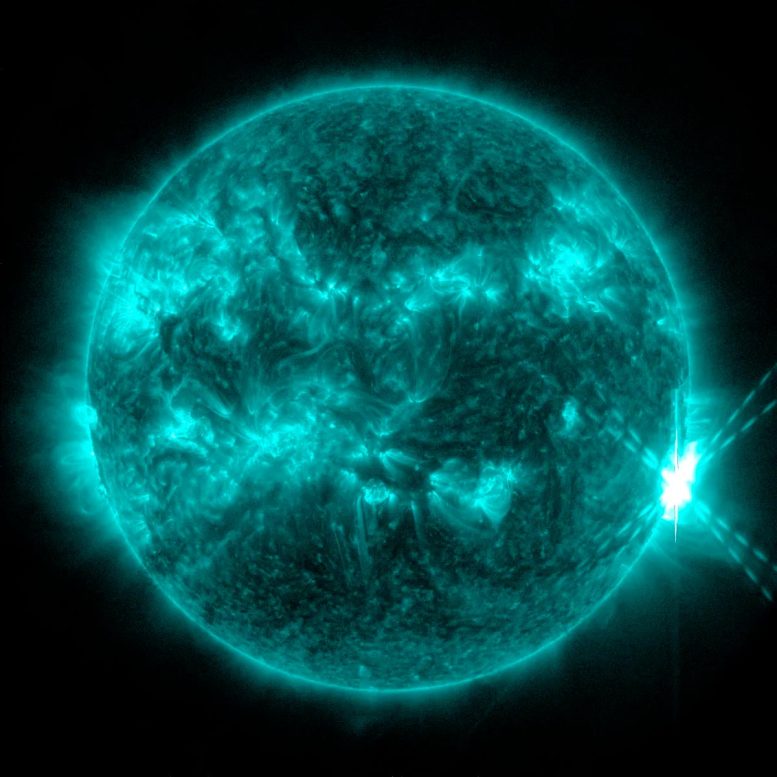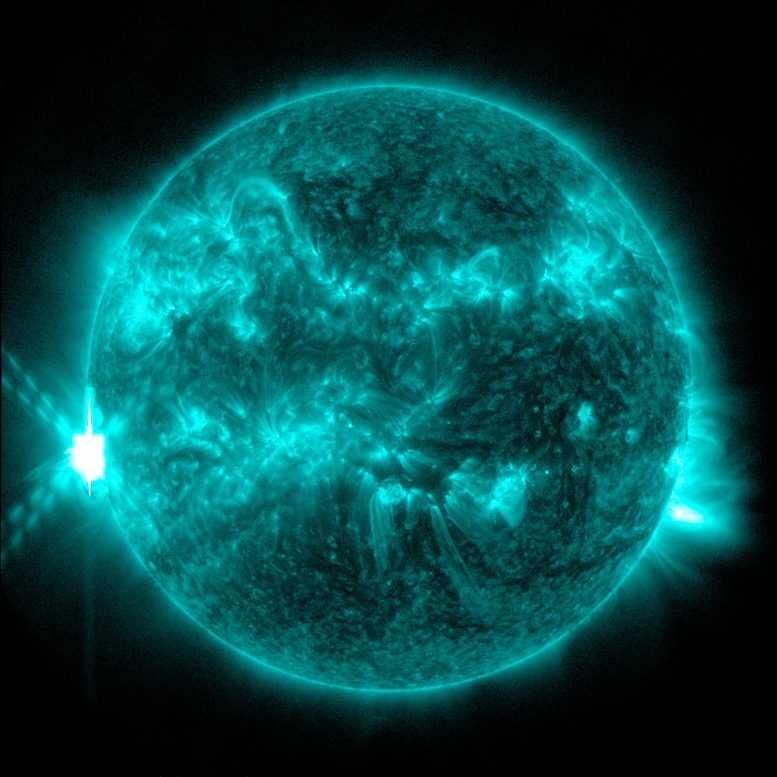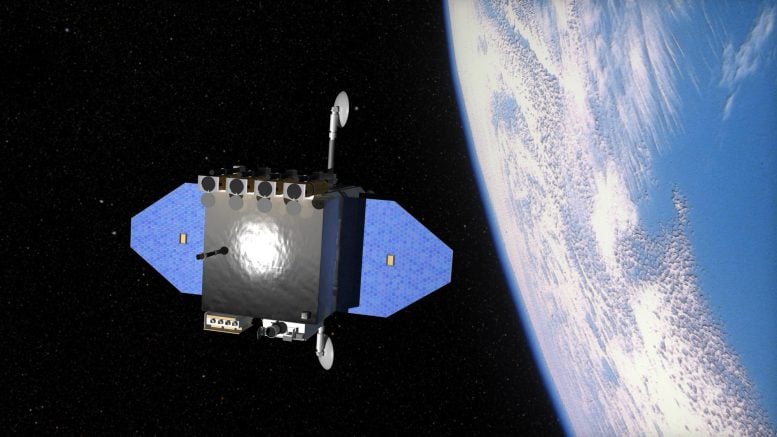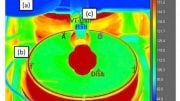
NASA’s Solar Dynamics Observatory captured this image of a solar flare – as seen in the bright flash on the right – on May 15, 2024. The image shows a subset of extreme ultraviolet light that highlights the extremely hot material in flares and which is colorized in teal. Credit: NASA/SDO
On May 15, 2024, NASA’s Solar Dynamics Observatory, which continually monitors the Sun, captured images of two powerful X-class solar flares. The first was classified as an X3.4 class flare and peaked at 4:37 a.m. ET. The second flare, classified as X2.9, peaked at 10:38 a.m. ET.
Solar flares are intense bursts of radiation emanating from the release of magnetic energy associated with sunspots. These flares are visible across the electromagnetic spectrum, from radio waves to gamma rays, and are among the solar system’s most powerful phenomena. When directed towards Earth, solar flares can influence our planet in several ways, including disrupting satellite communications, affecting power grid operations, and enhancing auroral displays (Northern and Southern Lights).
The impact on Earth primarily involves the interaction of solar radiation with Earth’s magnetic field, which can lead to geomagnetic storms. These storms can disrupt technology and infrastructure and expose astronauts and high-altitude flights to higher levels of radiation.

NASA’s Solar Dynamics Observatory captured this image of a solar flare – as seen in the bright flash on the left – on May 15, 2024. The image shows a subset of extreme ultraviolet light that highlights the extremely hot material in flares and which is colorized in teal. Credit: NASA/SDO
Solar flares are categorized by their intensity in the X-ray wavelengths, ranging from class A (the weakest) to class X (the strongest). Each class has a tenfold increase in energy output, and within each class, a finer scale from 1 to 9 further distinguishes the flare’s strength. X-class flares are the largest explosions in the solar system and can trigger planet-wide radio blackouts and long-lasting radiation storms.
NASA’s Solar Dynamics Observatory (SDO) is a mission dedicated to understanding the Sun’s influence on Earth and Near-Earth space by studying the solar atmosphere on small scales of space and time and in many wavelengths simultaneously. Launched on February 11, 2010, SDO is part of NASA’s Living With a Star (LWS) program.
The observatory is equipped with a suite of instruments that provide observations leading to a more complete understanding of the solar dynamics driving variability in the Earth’s environment. One of these instruments is the Atmospheric Imaging Assembly (AIA), which produces images of the solar disk in multiple wavelengths every 12 seconds, providing insights into the solar corona’s structure and dynamics. Another crucial instrument, the Helioseismic and Magnetic Imager (HMI), studies solar variability and characterizes the Sun’s interior and the various components of magnetic activity.
SDO’s data are vital in helping scientists understand the Sun’s influence on Earth and the space environment by observing solar flares, coronal mass ejections (CMEs), and other solar phenomena. This information is crucial for improving the ability to forecast space weather events that can affect satellite operations, astronauts, and Earth-based systems.










Be the first to comment on "Twin X-Class Flares: NASA Captures Epic Solar Showdown"